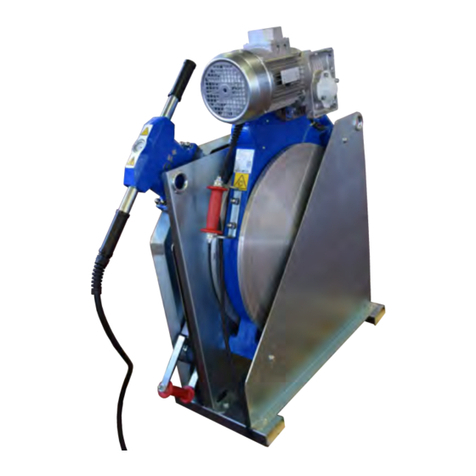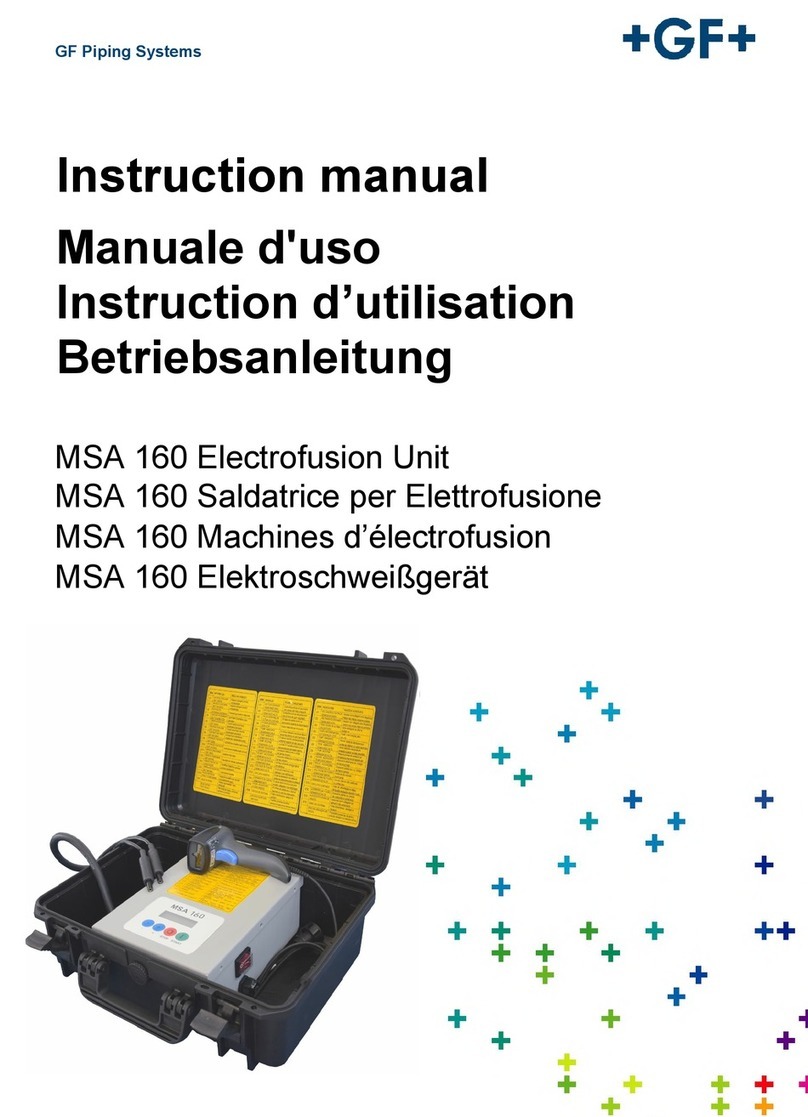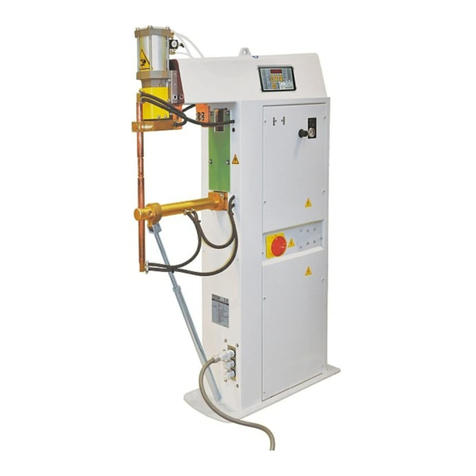
Operatinginstructions PSO701 3 General
5
3 General
3.1 Introduction
This instruction manual was written for those persons responsible for the
operation and care of the PSO 701. It is expected and assumed that
such personshaveread,understoodandwill abide by the manual in its
entirety.
Only with theknowledge contained in thismanual canfaults on the PSO
701 be prevented and trouble-free operation be ensured. It is therefore
imperative that the responsible persons are familiar with this manual.
We recommend that this manual be read carefully prior to putting the
machine in operation, as we are not liable for any damage or
interruptions in operation resulting from failure to comply with this
manual.
Should problems nevertheless arise, please contact the nearest Georg
Fischer Omicron s.r.l representative.
This manual applies only to the PSO 701.
We reserve the right to make the technical changes necessary to
improvethe PSO701 which may result in deviations from the illustrations
and information contained in this manual.
3.2 Range ofapplication
The PSO 701 is designed exclusively
•for the fusion of plastic pipes and fittings
in thedimension ranged 40–160 mm. Any otheruseisnot authorized. The
manufacturer cannot be held liable for damages resulting from
unauthorized use; the user bears sole responsibility.
3.3 Copyright
The copyright for this instruction manual is held by
Georg Fischer Omicron S.r.l..
This instruction manual is intended for assembly, operation and
maintenance personnel. No part of the technical regulations or
illustrations contained herein may be reproduced or distributed in any
form, used illicitly for competitive purposes or passed on to others.
GeorgFischer Omicron S.r.l
Via E. Fermi, 12 - 35030 Caselle di Selvazzano
Padova (Italy)
Telephone +39 049 8971411
Fax +39 049 8971410






























